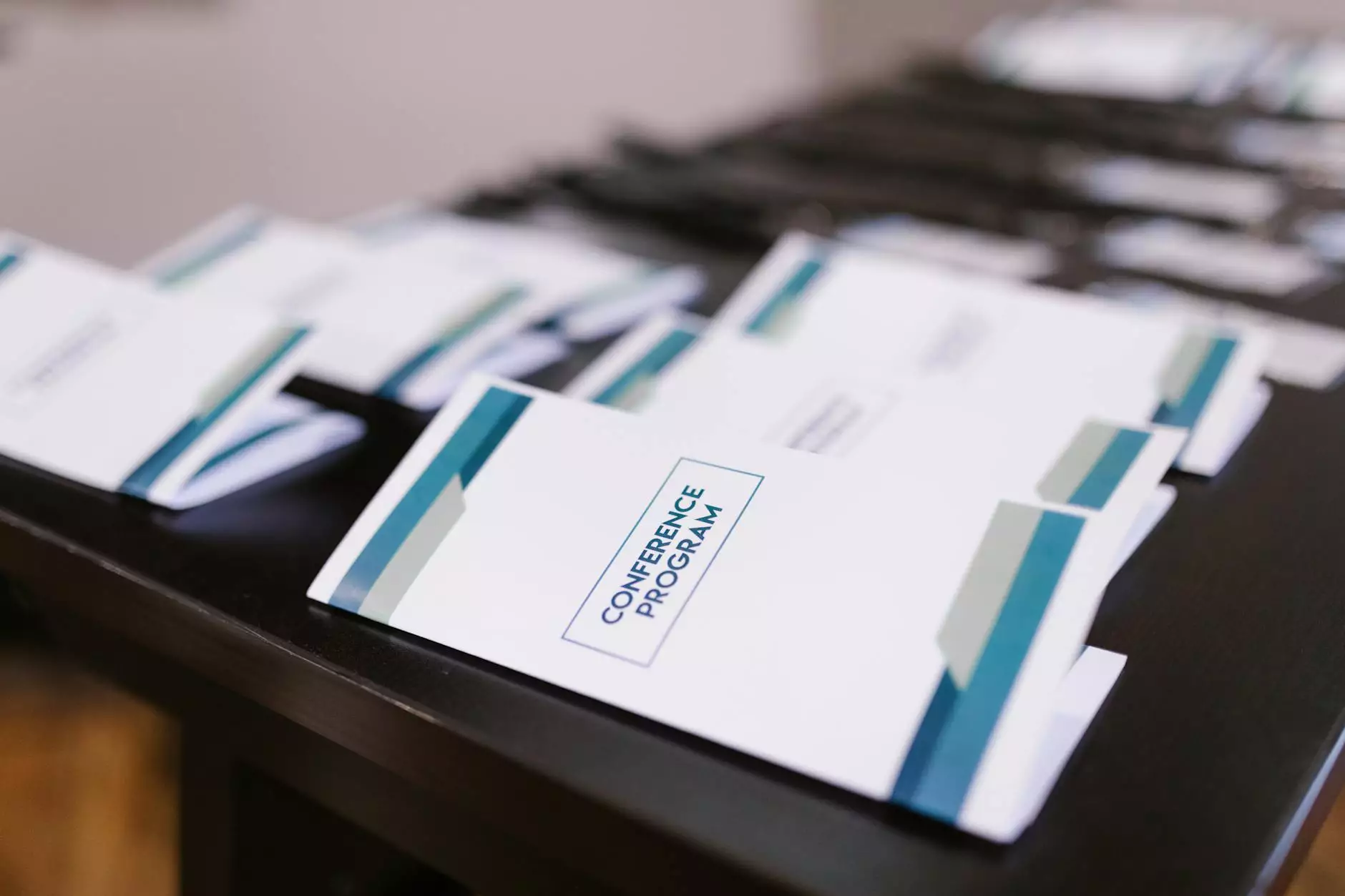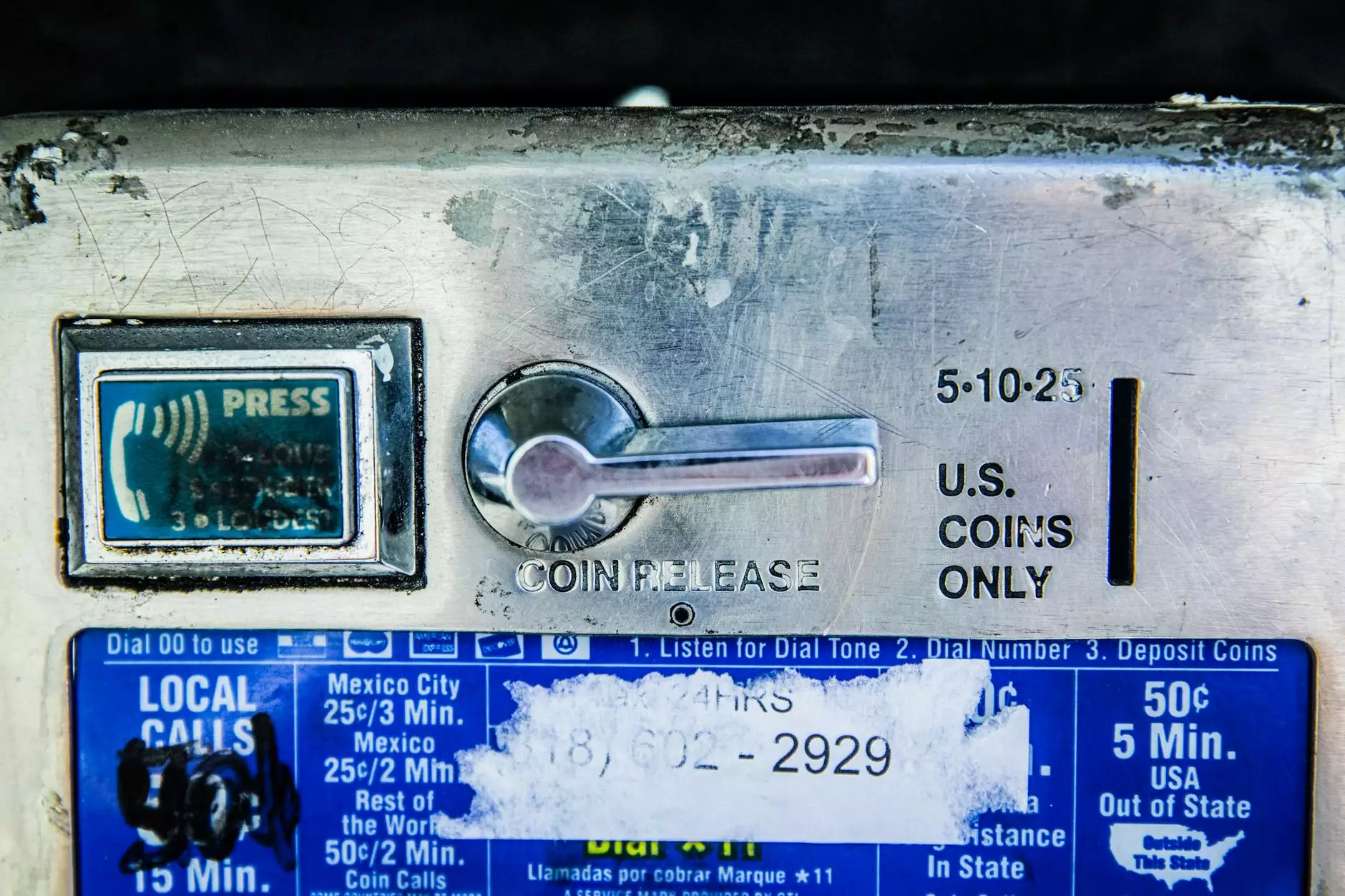How to Print a Booklet: A Comprehensive Guide for Businesses

In the world of marketing and communication, printed materials play a crucial role in conveying your message effectively. One such material, the booklet, combines the precision of design with the practicality of printed content. In this article, we will explore how to print a booklet step by step, ensuring that you grasp the nuances of the process that can make your business stand out.
Understanding the Importance of Booklets in Business
Booklets are not just stacks of paper bound together; they are powerful tools for engagement. Here's why your business should consider using booklets:
- Professional Presentation: Booklets provide a polished and professional way to present information.
- Versatility: They can be used for catalogs, manuals, reports, and more.
- Audience Engagement: A well-designed booklet captures attention and engages readers.
- Brand Representation: Booklets can enhance brand identity through design and content.
Step 1: Planning Your Booklet
The first step in how to print a booklet is meticulous planning. This stage forms the foundation of your printing process. Here are key elements to consider:
Define the Purpose
Ask yourself: What is the primary objective of this booklet? Is it to inform, educate, or promote services? Defining the purpose will guide your content.
Identify Your Target Audience
Who will be reading your booklet? Tailoring your content and design to your audience ensures better engagement. Consider their age, interests, and needs.
Content Creation
Content is king. Ensure your text is relevant, concise, and engaging. Use headings, bullet points, and visuals to break up text and improve readability.
Design Layout
The layout directly influences how your content is perceived. Utilize software like Adobe InDesign or Canva to create a professional-looking design that reflects your brand's identity.
Step 2: Choosing the Right Specifications
Now that you have a plan, it's essential to determine the specifications for your booklet:
Size Matters
Select a size that fits your manuscript and target audience. Common sizes include:
- A4: Ideal for detailed, professional booklets.
- A5: Compact and portable, suitable for promotional materials.
- Custom Sizes: Tailored sizes that may better suit unique requirements.
Page Count
Deciding the number of pages is critical. Most booklets have a minimum of 8 pages, allowing for sufficient content to be informative yet concise.
Binding Options
Booklet binding can influence both durability and aesthetics. Some popular options include:
- Saddle Stitching: Cost-effective and suitable for shorter booklets.
- Wire-O Binding: Professional look with the ability to lay flat.
- Perfect Binding: Common in thicker booklets, offering a polished finish.
Step 3: Preparing Your Files for Printing
Once your content and design are ready, preparing the files for printing is crucial. Here’s what you need to do:
File Format
Ensure your files are saved in a print-ready format, typically PDF. This format maintains your layout and design consistency.
Resolution and Color Mode
For high-quality prints, set your images to at least 300 DPI (dots per inch). Use the CMYK color mode for accurate color reproduction in print.
Bleed and Margins
Add bleed to your design, usually at least 0.125 inches, to prevent any white edges post-trim. Ensure your margins are adequate to avoid cutting off important content.
Step 4: Finding a Reliable Print Service
Choosing the right printing service greatly impacts the final product. Here are some tips to ensure you select a reputable provider:
Research Printer Options
Look for printing companies that specialize in booklets. Read reviews and check their portfolio to assess the quality of their previous works.
Request Samples
Before making a commitment, request samples of their previous booklet prints. Examine the quality of paper, print sharpness, and overall aesthetics.
Compare Pricing
Don’t settle for the first quote you receive. Compare prices and services offered by different printing companies to find the best value for your budget.
Turnaround Time
Check the estimated turnaround time. If you have a deadline, ensuring that your printing service can deliver on time is crucial.
Step 5: Review and Approval Process
Before sending your files for printing, it’s vital to undergo a comprehensive review process:
Proofreading
Check your booklet for grammatical errors, spelling mistakes, and overall flow. Having multiple eyes on the content can help catch issues you may have missed.
Design Review
Ensure that all images, graphics, and layouts are correctly set. Confirm that bleed and margins are appropriately adjusted.
Print Proof
Many printing companies offer a print proof service, allowing you to approve a physical or digital mock-up of your booklet before full-scale printing. Always take advantage of this option to avoid costly mistakes.
Step 6: Printing and Distribution
Once you have completed the review and given the final approval, it’s time to print and distribute your booklet:
Printing Process
Stay in touch with your printing service and monitor the progress during the printing process. This allows for quick resolution of any unexpected issues.
Distribution Strategies
Plan how you will distribute your booklets effectively. Some strategies include:
- Direct Mail: Send your booklets directly to potential clients.
- Trade Shows: Hand out booklets at industry events to increase visibility.
- In-Store Distribution: Place your booklets in prominent areas for customers to pick up.
- Digital Copies: Consider offering digital versions on your website for broader reach.
Measuring the Impact of Your Booklet
After distributing your booklets, it’s essential to measure their impact to understand their effectiveness:
Track Responses
Monitor how clients respond to your booklet. This could involve feedback forms or tracking inquiries generated from distributing your materials.
Assess Engagement Metrics
Utilize tools like Google Analytics to see if there’s a noted increase in website traffic or inquiries linked to your booklet distribution.
Continuous Improvement
Use the data gathered to refine future editions of your booklet or create new ones. Continuous improvement in your marketing materials leads to better results over time.
Conclusion: Elevate Your Business with Quality Booklets
Mastering how to print a booklet effectively can be a game changer for your business communications. With meticulous planning, attention to detail, and strategic execution, your booklet can serve as a powerful tool that conveys your brand’s message clearly and professionally.
Whether you are distributing them at events, using them as part of your sales strategy, or providing information to your clientele, booklets offer incredible value. Remember, the investment in quality design and printing pays off, as it reflects your commitment to professionalism and excellence. So get started today, and let your booklet do the talking!



